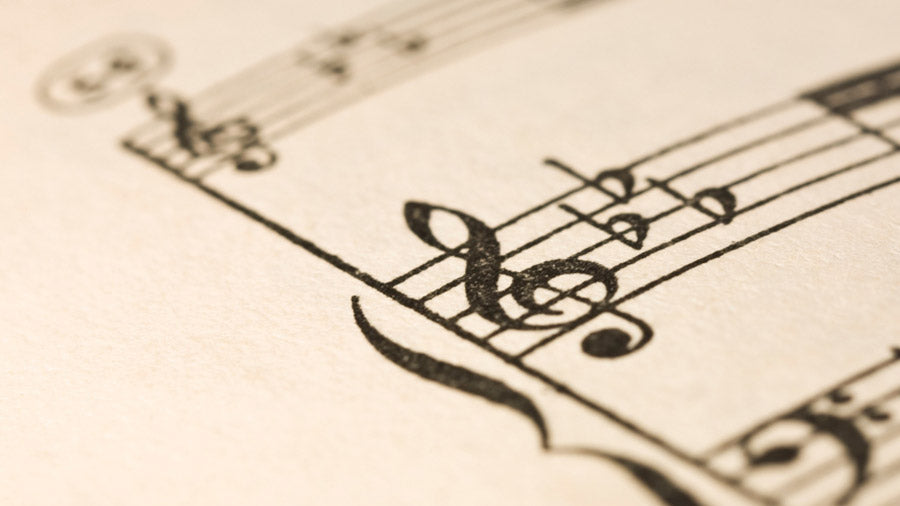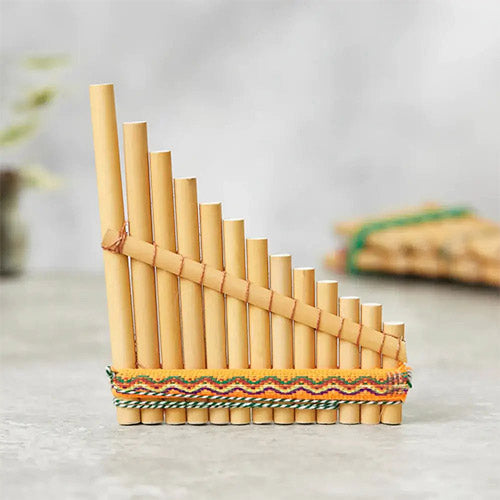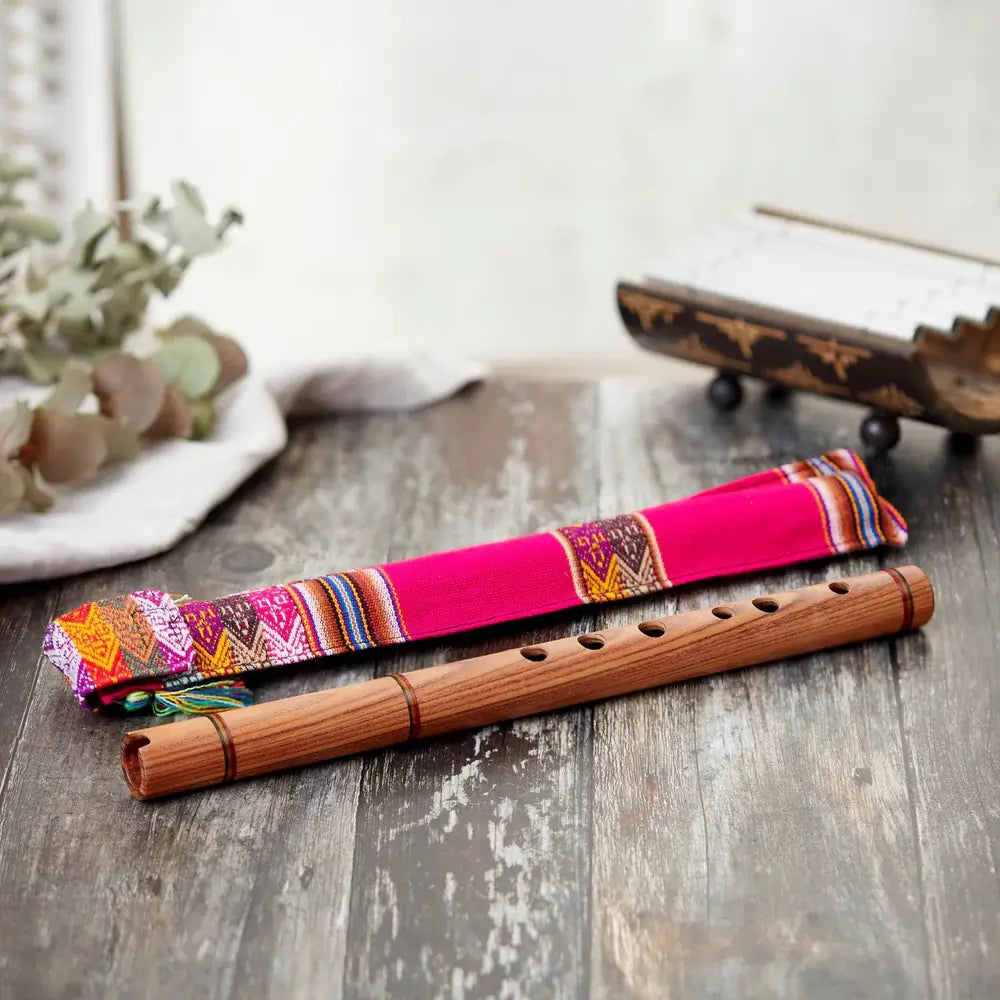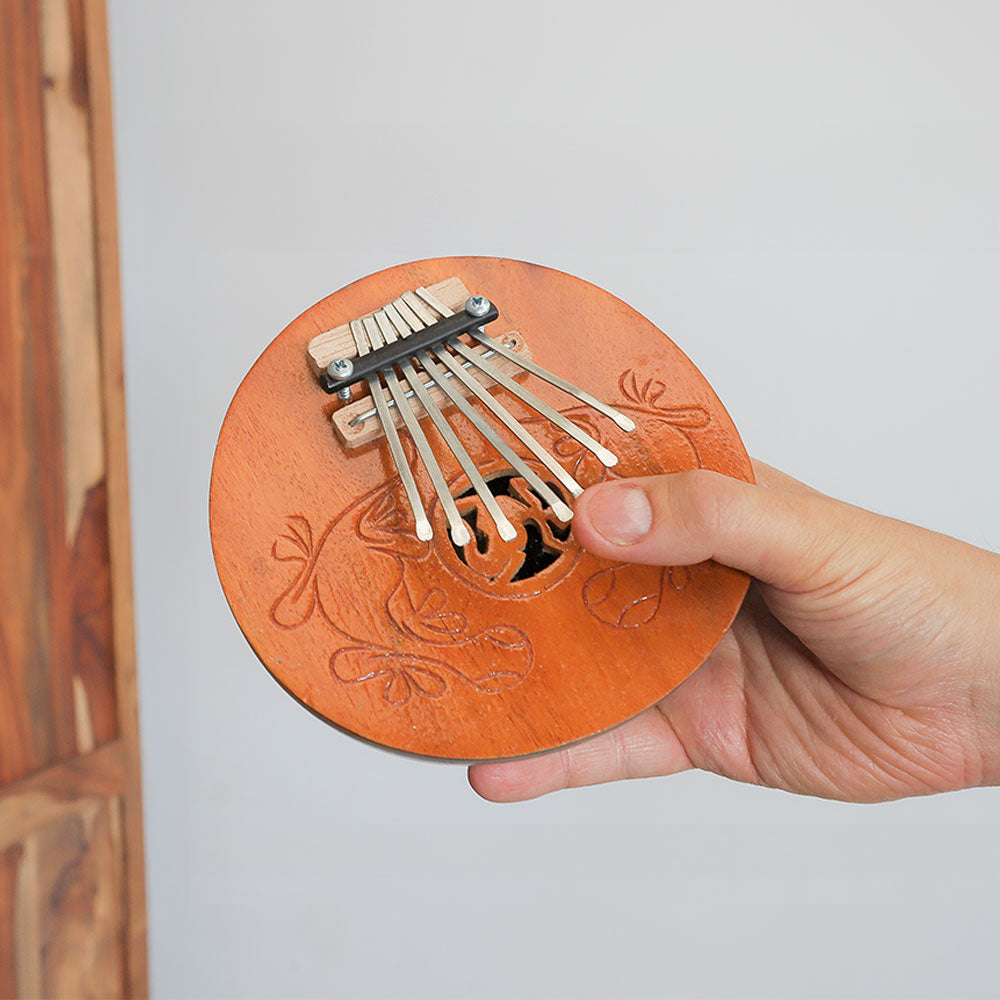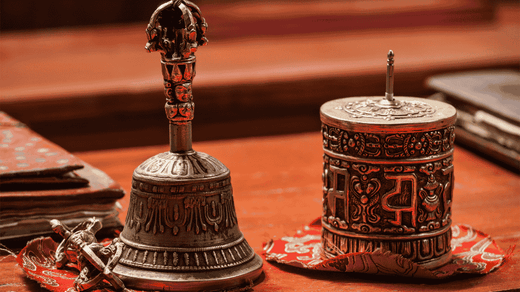When it comes to learning music, one of the fundamental aspects is understanding the different types of musical notes and their time values. This knowledge is crucial for reading and playing music accurately. In this guide, we will discover the names of various music notes, their time values, how to draw them, and the terminology associated with each note. By the end, you'll have a solid foundation in reading and interpreting music notation.

Whole Note (Semibreve)
Let's start with the whole note, also known as the semibreve. In the United States, it is referred to as a whole note. Visually, it resembles a small oval-shaped zero, or the letter O. The oval-shaped part of the note is called the note head. A semibreve has a time value of four beats, which means that when you play a whole note, you hold it for four beats.
Half Note (Minim)
Next, we have the half note, also known as the minim. Similar to the semibreve, it has an oval-shaped notehead. However, it distinguishes itself with a line extending from the right-hand side of the note head. This line is called the stem. The stem halves the value of the note, so a minim is worth two beats. When playing a half note, you count to two, which is half the duration of a whole note.
Quarter Note (Crotchet)

Moving on, let's explore the quarter note, also known as the crotchet. It resembles a minim but with a filled-in black notehead. The filled-in note head further halves the value of the note, making a crotchet worth one beat. Therefore, when playing a quarter note, you count to one, which is half the duration of a minim.
Eighth Note (Quaver)
The eighth note, also known as the quaver. It bears a resemblance to the quarter note but with an additional tail extending from the stem. This tail is referred to as a flag or a hook. Just like the previous notes, the tail halves the value of the note. Consequently, an eighth note is worth half a beat, which is half the duration of a crotchet.
Sixteenth Note (Semiquaver)

Moving further, we encounter the sixteenth note, also known as the semiquaver. It shares similarities with the quaver but with two tails extending from the stem. The presence of two tails indicates that the semiquaver is half the value of a quaver, amounting to one-quarter of a beat.
Thirty Second Note (Demisemiquaver)
Next on our journey through musical notes is the thirty-second note, also known as the demisemiquaver. With three tails (one more than the semiquaver), it is worth half the value of a semiquaver, equaling one-eighth of a crotchet beat. While the demisemiquaver is quite rare, it's essential to be aware of its existence.
Other Notes
We have covered the main notes commonly used in musical notation, but it's worth mentioning that there are even shorter and longer notes. For instance, the sixty-fourth note, also known as the hemidemisemiquaver, is similar to the demisemiquaver but with an additional tail.
Musical Notes Chart
To facilitate your understanding of the different types of musical notes, here's a handy chart with both UK and US names, symbols, and their corresponding time values in beats:
Name (UK)
Breve, Semibreve, Minim, Crotchet, Quaver, Semiquaver, and Demisemiquaver
Name (US)
Double Whole Note, Whole Note, Half Note, Quarter Note, Eighth Note, Sixteenth Note, and Thirty Second Note
Beats

Eight beats, four beats, two beats, one beat 1/2 beat, 1/4 beat and 1/8 beat
The Music Note Tree
To visualize the relationship between different note values, musicians often refer to the "music note tree" or "pyramid." This graphical representation helps us understand how each note value relates to others. The music note tree follows the UK terminology for notes.
Note stems can point upwards or downwards. When stems point upwards, they extend from the right-hand side of the note head. Conversely, when stems point downwards, they extend from the left-hand side of the note head. The direction of the stem depends on specific rules, which we will explore in another post about notes on the stave.
Note Tails

Note tails play an essential role in musical notation, particularly for notes like quavers and semiquavers. Note tails always extend from the right-hand side of the stem, regardless of whether the stem points up or down. The direction of the tails follows the direction of the music as we read music from left to right. Therefore, note tails always point to the right.
Beaming Notes Together
When multiple notes with tails, such as quavers and semiquavers, appear consecutively, we use beams to join their stems together. Beaming notes together helps musicians read the notes more easily. Let's look at how we beam quavers (eighth notes) together:
There are specific rules and conventions regarding how many quavers we can beam together, but we will cover those in another post on grouping notes in different time signatures. The same principle applies to beaming semiquavers (sixteenth notes), but instead of one beam, we use two beams due to their two tails. For demisemiquavers and hemidemisemiquavers, we add additional beams based on the number of tails the note has. Different combinations of quavers and semiquavers can also be beamed together to form more complex rhythmic patterns.
Dotted Notes
Sometimes, composers want to extend the duration of a note beyond its original value. When this occurs, they use dotted notes. A dotted note consists of a note head with a dot placed after it. This dot increases the note's duration by half of its original value. For example, a dotted minim has the time value of a minim plus a crotchet, while a dotted quaver is equal to a quaver plus a semiquaver. However, it's important to note that a dotted note cannot cross a bar line. If a note needs to extend over a bar line, a tied note is used, which we will discuss in the next section.
Tied Notes

A tie is a sloped line that connects two notes of the same pitch that are adjacent to each other. When you encounter a tie, it indicates that the time values of the notes are combined to create a longer note. For example, two minims tied together have the same value as a semibreve, while two crotchets tied together have the same value as a minim. Tied notes do not have to be of the same time value; you can have a crotchet tied to a quaver or a minim tied to a crotchet. Tied notes allow for greater flexibility in rhythmic expression.
Rests and When Not to Play
Music is not just about playing notes; rests play an equally important role. Rests are symbols in music notation that indicate a period of silence where no note is played. Each type of note has a corresponding rest symbol. It's essential to understand rests and their durations to accurately interpret and perform music.
What are Ornaments?
In addition to notes and rests, music notation also includes symbols known as ornaments. Ornaments are shorthand representations of more intricate musical embellishments. These symbols add decoration, character, and interest to the music. There are numerous types of ornaments, including turns, trills, and acciaccaturas, among others. Each ornament has a specific symbol and technique associated with it. If you're interested in exploring the world of musical ornamentation, you can read our detailed post on musical ornamentation for a comprehensive overview.
What are Triplets?
Triplets are another type of musical note that you may encounter. A triplet is a group of notes indicated by a number three placed above or below them. Triplets are used to divide notes into three equal parts within a given duration. To learn more about triplets, you can refer to our in-depth guide on triplets, which provides detailed explanations and numerous examples to help you understand and apply this rhythmic concept.
What are Duplets?

In addition to triplets, there are also duplets. A duplet is a type of tuplet (irregular time division) that allows for the playing of two notes within the time of three. Duplets offer a rhythmic variation and can add complexity and interest to music. If you're curious about duplets and want to learn more about how to play them, we have a dedicated post on how to play musical duplets, which provides insights and techniques for mastering this rhythmic concept.
Wrapping up on Music Notes
Congratulations! You've now gained a solid understanding of music note names, their time values, and other essential concepts related to reading and interpreting music notation. Remember, while memorizing the various note names is important, practice is vital to internalize and recognize them truly.
The more you engage with reading and playing music, the more natural and effortless it will become. For more free music theory lessons and resources, be sure to check out our other content. Keep playing and exploring the beautiful world of music.

